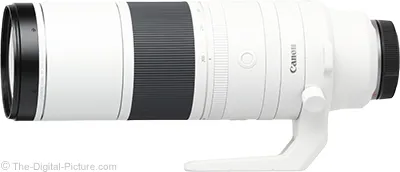Duade Paton was just giving his "Awards" for 2023. Guess what is the co-winner for 2023 new Wildlife lens....yep...RF 200-800. He is a fan. Linked to the start of the 200-800 discussion.
If you want the nutshell summary...reach...and price. Combining this with what Jan has said, if you want 100-700 (including 1.4x tc)...the 100-500 seems to be a better lens. But, if you want that 700-1120 mm....the 200-800 is your winner.
I think I will be forever miffed that Canon did not include (if Jan is right) better coatings or a few more high end elements in the 200-800. I would have happily paid more. But nothing else out there is giving this type of reach and the 200-800 is performing very well. Without having held one myself, it seems to be a great tool to have in the kit, if you do photowalks/birds....and I do.
If you want the nutshell summary...reach...and price. Combining this with what Jan has said, if you want 100-700 (including 1.4x tc)...the 100-500 seems to be a better lens. But, if you want that 700-1120 mm....the 200-800 is your winner.
I think I will be forever miffed that Canon did not include (if Jan is right) better coatings or a few more high end elements in the 200-800. I would have happily paid more. But nothing else out there is giving this type of reach and the 200-800 is performing very well. Without having held one myself, it seems to be a great tool to have in the kit, if you do photowalks/birds....and I do.
Last edited:
Upvote
0

